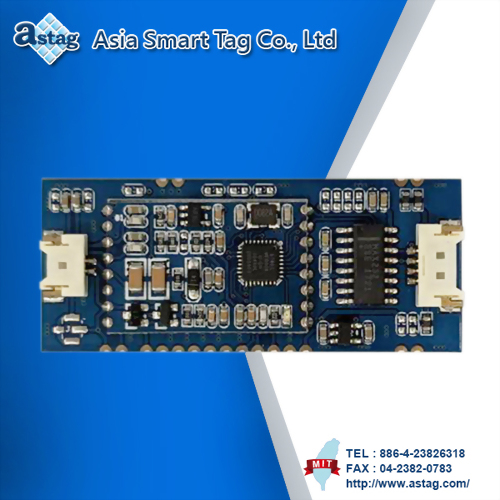LF Reader Module (125/134K)
An LF (Low Frequency) RFID reader module is a device designed to communicate with RFID tags operating typically at frequencies 125KHz、134.2KHz. These modules are commonly used in various applications such as access control, animal tracking, vehicle identification, and asset tracking. Here's a brief overview of LF RFID reader modules:
1. Communication Interface:
LF RFID reader modules typically support
various communication interfaces such as TCP/IP、USB、BLE、WiFi、I2C、UART、Wiegand、RS-232、RS-485. These interfaces allow the reader module to
communicate with external devices such as computers, microcontrollers, or network
servers.
2. Communication Protocols:
LF RFID reader modules support various
communication protocols, including ISO 11784 and ISO 11785 standards. These protocols
define the communication methods between the reader and the RFID tags.
3. Features:
Energy saving, strong penetration ability,
and little interference from the outside world; but the transmission data speed
is slow, the amount of data stored in the tag is small, the data transmission
rate is low, the flexibility is not easy, and it is not easy to be identified.
One reads the electronic tag. Only suitable for low-speed, close-range
identification applications.
4. Antenna Function:
The antenna is a critical component
responsible for transmitting RF signals to energize RFID tags and receive data
from them. These modules may come with require an external antenna connection
for operation. The antenna's design influences the module's read range and
performance.
5. Applications:
Suitable for applications with short distance, low transmission rate, and small data volume, such as access control, attendance, electronic billing. The low-frequency tag has a low working frequency, can penetrate water, organic tissue and wood, and its appearance can be made of studs, collars, pills or injections. It is suitable for the identification of animals such as cattle, pigs, and pigeons.






